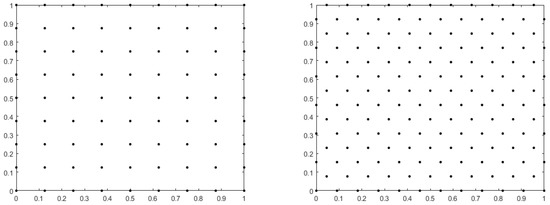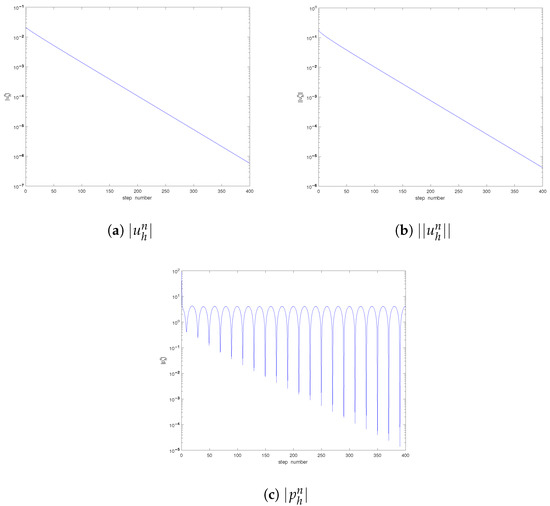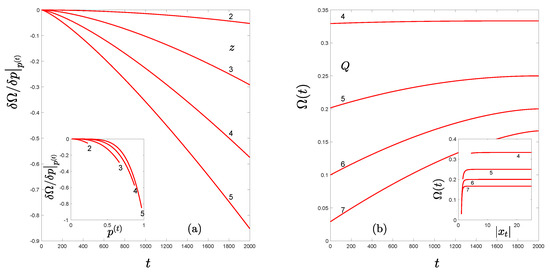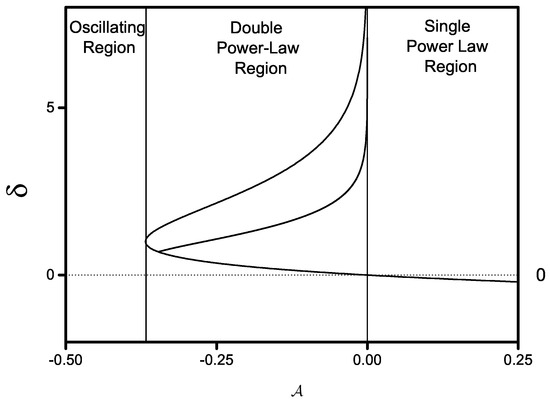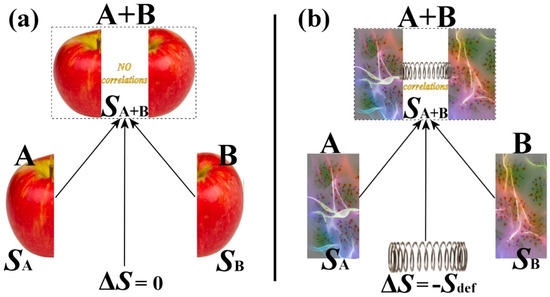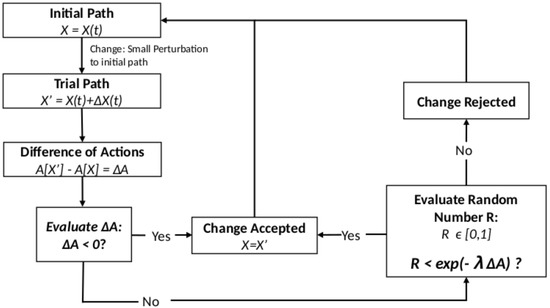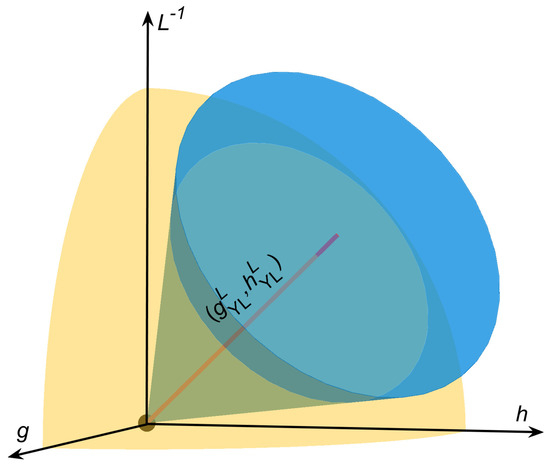Foundations of Statistical Mechanics
A topical collection in Entropy (ISSN 1099-4300). This collection belongs to the section "Statistical Physics".
Viewed by 24892Editor
Interests: nonextensive statistical mechanics; nonlinear Fokker–Planck equations; geometry information; nonlinear Schroedinger equation; quantum groups and quantum algebras; complex systems
Special Issues, Collections and Topics in MDPI journals
Topical Collection Information
Dear Colleagues,
Statistical mechanics, covered in the section of Statistical Physics, aims to relate the microscopic to the macroscopic properties of matter by using the concepts developed in the field of probability theory and thermodynamics. It is a successful combination of the statistics and mechanics arising from the union of the basic laws of classical or quantum mechanics, with the laws of large numbers.
The foundations of statistical mechanics lie in the thermodynamics theory developed at the end of the nineteenth century. The first person to analyse transport phenomena with statistical methods was Clausius, who introduced the concept of a mean free path. He also introduced the famous “Stosszahlansatz” hypothesis, which played a prominent role in the succeeding works of Boltzmann. In the pioneering paper, “Zusammeuhang zwischen den Satzen iiber das Verhalten mehratomiger Gasmolekiile mit Jacobi's Princip des letzten Multiplicators”, Boltzmann considers explicitly a great number of systems, their distribution in phase space, and the permanence of this distribution in time. Another impressive contribution to the theory is represented by Maxwell’s work on the kinetic theory of gases derived from what is now called the Maxwell velocity distribution. Finally, Gibbs, in his book “Elementary principles in statistical mechanics”, published in 1902, definitively established the equivalence between the statistical physics and thermodynamics.
From then, statistical mechanics has been developed in several aspects, becoming so general that its methods still hold in a much wider context than that on which the original theory was developed. In fact, thanks to its impressive success, considerable efforts have been made in recent years to extend the formalism of statistical mechanics beyond its application limits. Traditional statistical mechanics focuses on systems with many degrees of freedom, and has become exact in the thermodynamic limit, although, nowadays, an increasing amount of physical systems seem to not comply with this limit imposed by the large numbers. Definitively, such systems reach a meta-equilibrium configuration, which appears to be better described by generalized entropic forms different from the traditional Boltzmann–Gibbs one.
This collection intends to present mainly theoretical oriented material (even purely mathematical) on the foundation of statistical mechanics. It focuses on the challenges of modern theory incorporating a high degree of mathematical rigor, in order to provide relevance not only to statistical physicists, but also to mathematicians and theoretical physicists. The papers submitted should have real and concrete applications in statistical mechanics, or provide clear evidence of possible applications.
Dr. Antonio M. Scarfone
Collection Editor
Manuscript Submission Information
Manuscripts should be submitted online at www.mdpi.com by registering and logging in to this website. Once you are registered, click here to go to the submission form. Manuscripts can be submitted until the deadline. All submissions that pass pre-check are peer-reviewed. Accepted papers will be published continuously in the journal (as soon as accepted) and will be listed together on the collection website. Research articles, review articles as well as short communications are invited. For planned papers, a title and short abstract (about 100 words) can be sent to the Editorial Office for announcement on this website.
Submitted manuscripts should not have been published previously, nor be under consideration for publication elsewhere (except conference proceedings papers). All manuscripts are thoroughly refereed through a single-blind peer-review process. A guide for authors and other relevant information for submission of manuscripts is available on the Instructions for Authors page. Entropy is an international peer-reviewed open access monthly journal published by MDPI.
Please visit the Instructions for Authors page before submitting a manuscript. The Article Processing Charge (APC) for publication in this open access journal is 2600 CHF (Swiss Francs). Submitted papers should be well formatted and use good English. Authors may use MDPI's English editing service prior to publication or during author revisions.
Keywords
- foundations of classical and quantum statistical mechanics
- Maxwell–Boltzmann, Bose–Einstein, and Fermi–Dirac statistics
- exotic statistics—Haldane, Gentile, and Quons
- generalizations of statistical mechanics
- non-Gibbsian distributions and power–law distributions
- statistical mechanics of non-equilibrium and meta-equilibrium—critical phenomena and phase transitions
- geometric foundations of statistical mechanics






